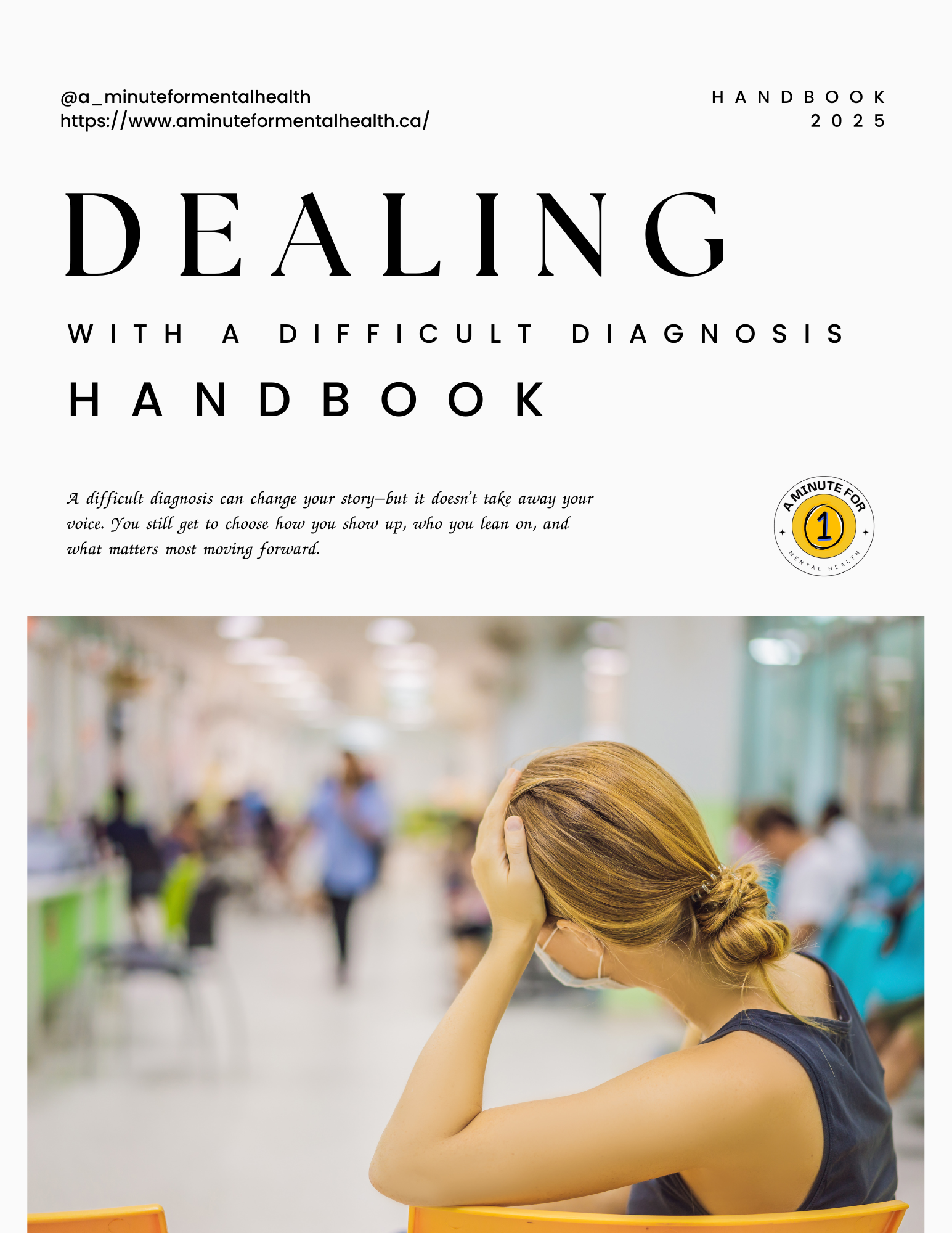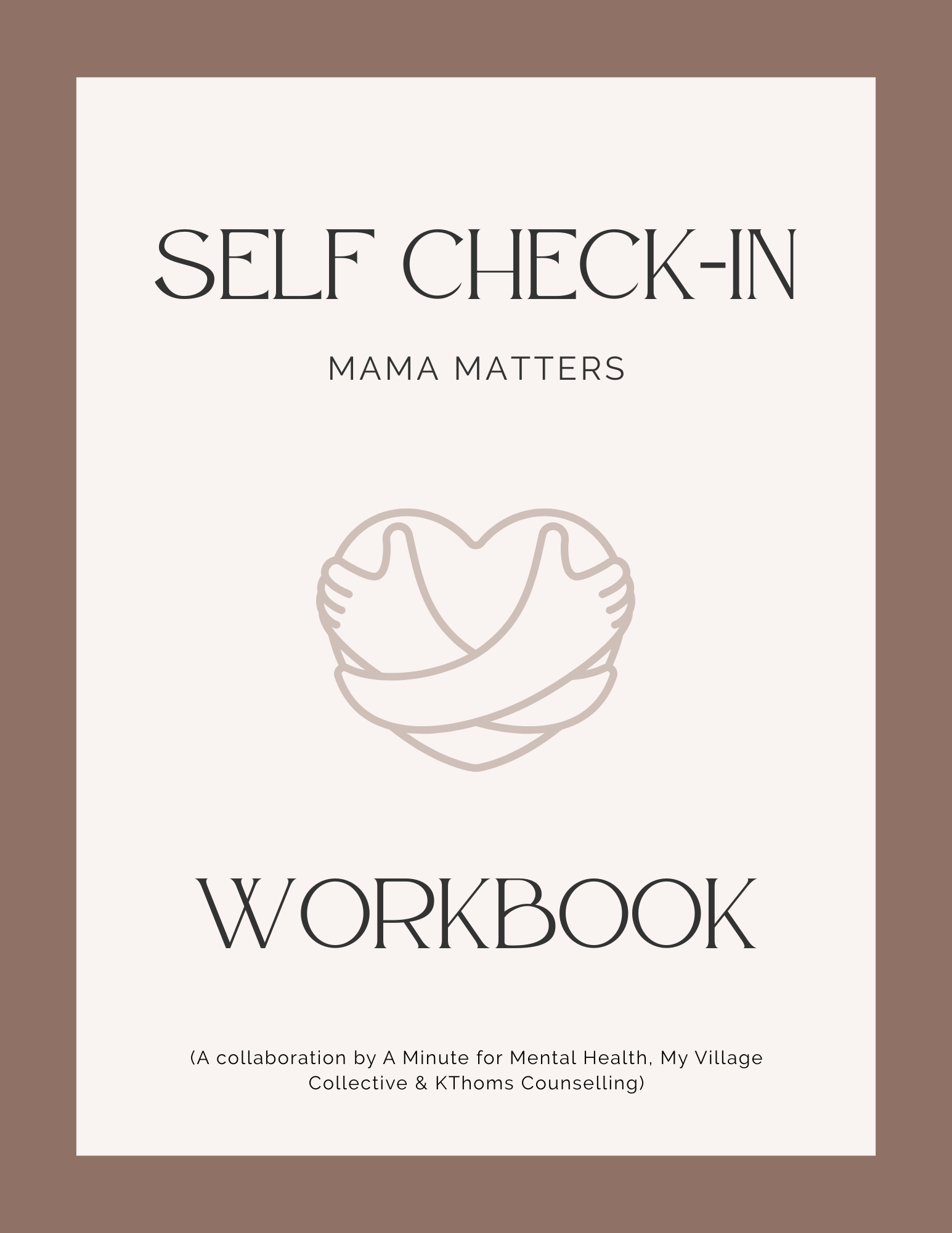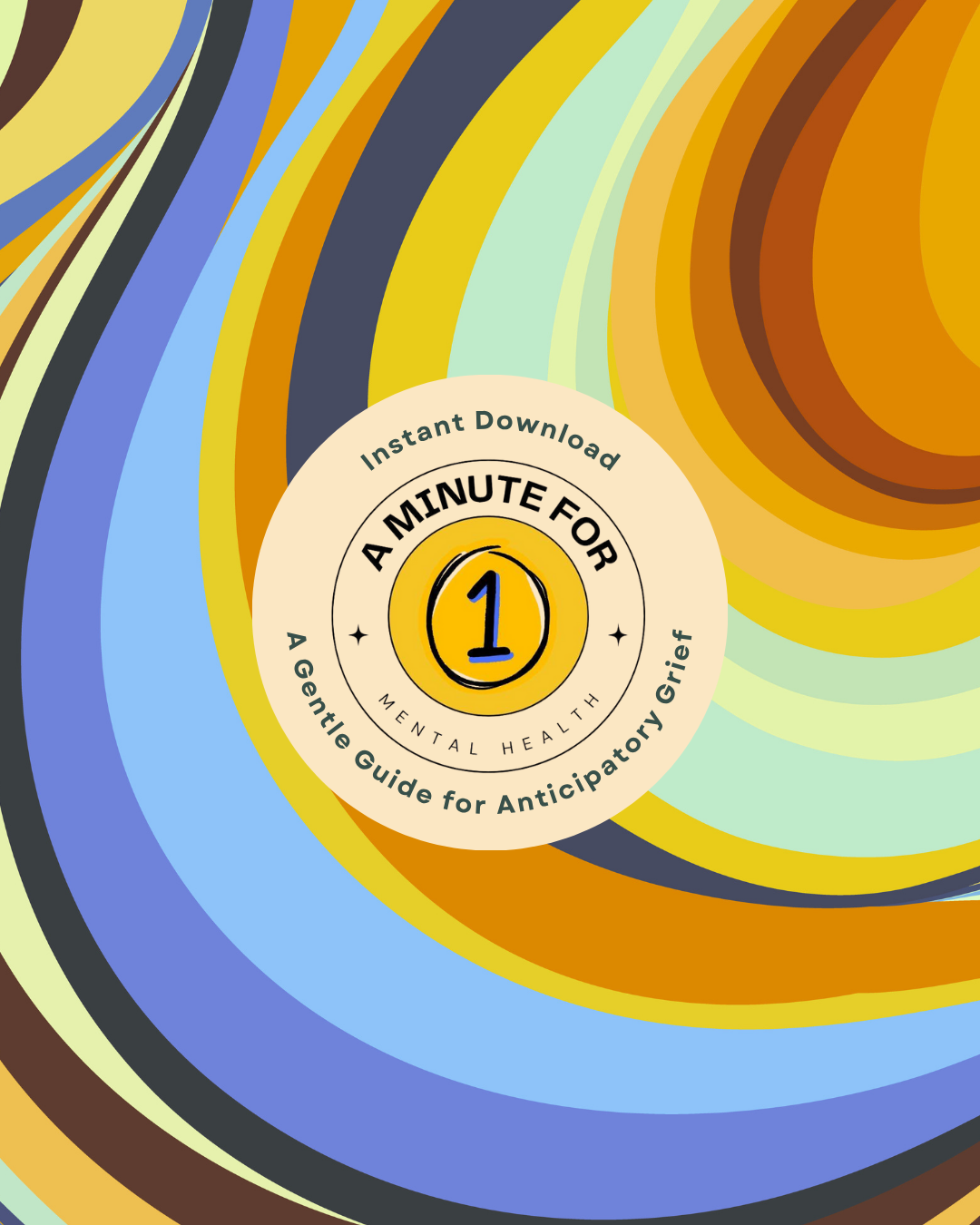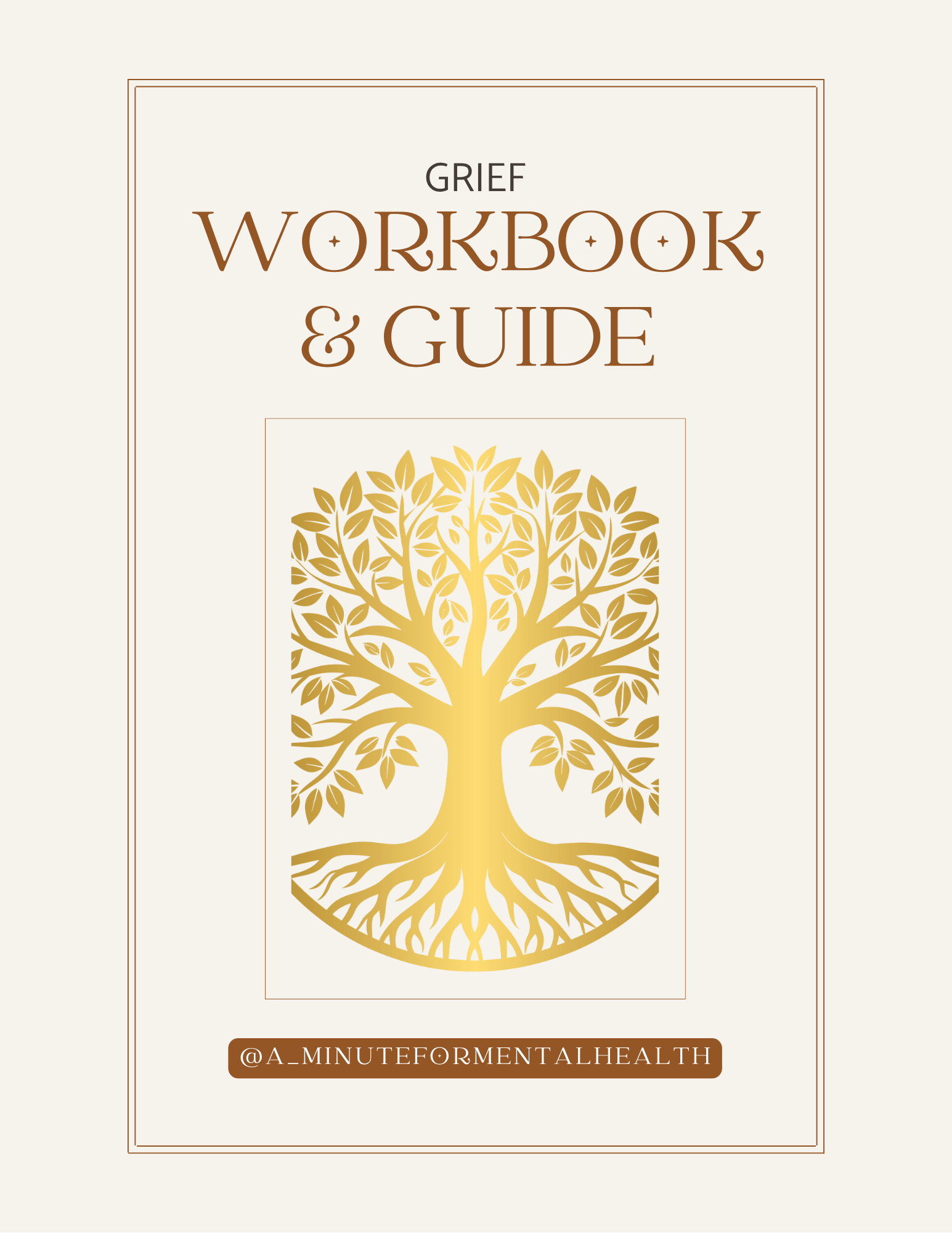 Image 1 of 1
Image 1 of 1


Dealing with a Difficult Diagnosis Handbook | Instant Download
This 12 page resource was developed based on the lived experiences of people facing life-changing diagnoses and the families who support them. Informed by my research published in PLOS One, the workbook acknowledges what many patients and caregivers shared in interviews: that by the time the diagnosis comes, it’s often not a surprise. What matters most is how it’s communicated, what comes next, and how people make sense of it emotionally.
Drawing from these findings, this workbook was designed to:
Support emotional processing using trauma-informed reflection tools.
Normalize anticipatory grief and offer space to name fears and hopes.
Encourage advocacy and self-connection through planning prompts and journaling.
Bridge gaps in communication between patients, loved ones, and providers, inspired by protocols like SPIKES.
This 12 page resource was developed based on the lived experiences of people facing life-changing diagnoses and the families who support them. Informed by my research published in PLOS One, the workbook acknowledges what many patients and caregivers shared in interviews: that by the time the diagnosis comes, it’s often not a surprise. What matters most is how it’s communicated, what comes next, and how people make sense of it emotionally.
Drawing from these findings, this workbook was designed to:
Support emotional processing using trauma-informed reflection tools.
Normalize anticipatory grief and offer space to name fears and hopes.
Encourage advocacy and self-connection through planning prompts and journaling.
Bridge gaps in communication between patients, loved ones, and providers, inspired by protocols like SPIKES.






